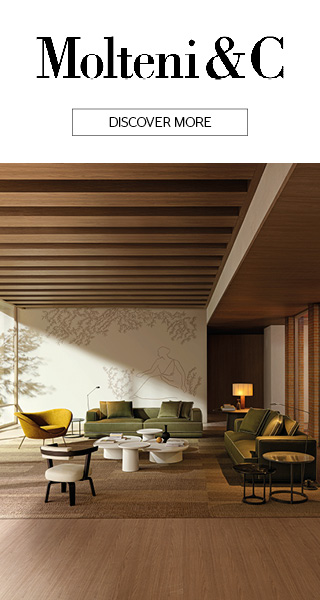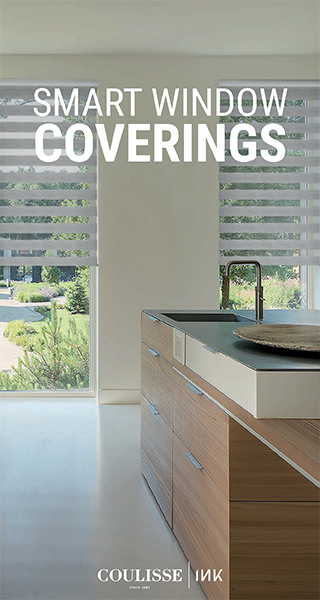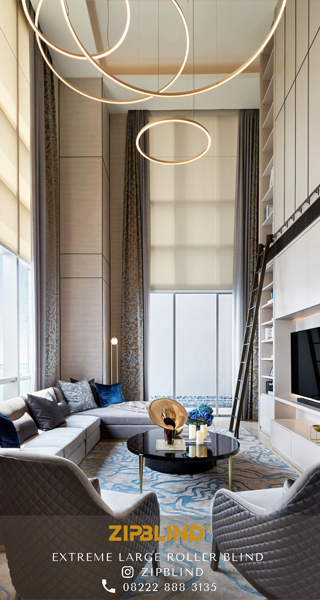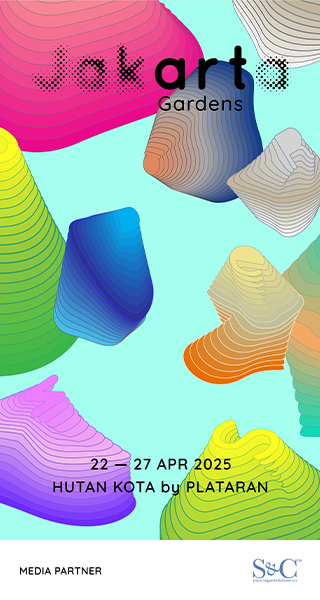
Fondazione Prada, Milan Presents “STORYTELLING” AND “THE PORCELAIN ROOM” FROM 30.1.20
Published by Sugar & Cream, Thursday 12 March 2020
Text & images courtesy of Fondazione Prada
30.01.20 – 28.09.20
“STORYTELLING”
“Storytelling” is a solo show by Chinese painter Liu Ye curated by Udo Kittelmann. On view from 30 January to 28 September 2020, it will take place in the Nord gallery at Fondazione Prada’s Milan venue. The exhibition features a selection of 35 paintings realized from 1992 onwards.
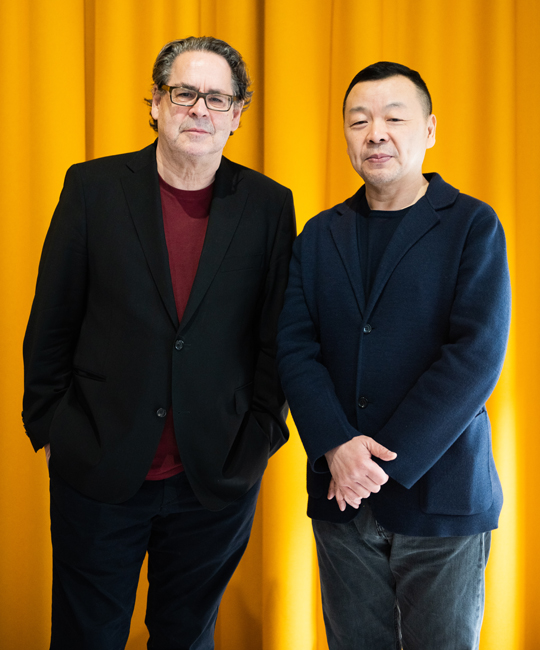
Fondazione Prada – Storytelling – Udo Kittelmann & Liu Ye
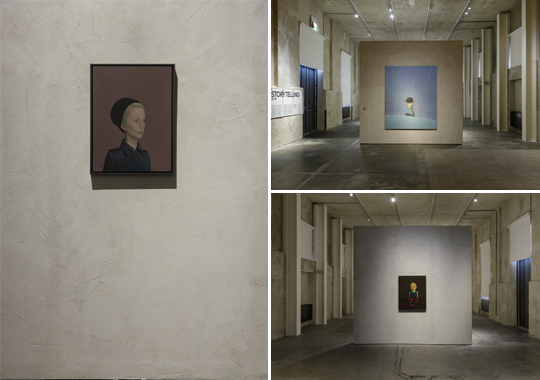
In Shanghai Liu Ye’s works related harmoniously with the 1918 historical residence’s original furnishings, decorations, and colors, creating a symbiotic relationship with the intimate spaces and small rooms of Prada Rong Zhai. In Milan, the paintings will generate a chromatic and material contrast with the concrete walls and the industrial environment of Fondazione Prada’s venue, in order to activate a new narrative sequence and an enigmatic contrast with these large exhibition spaces.
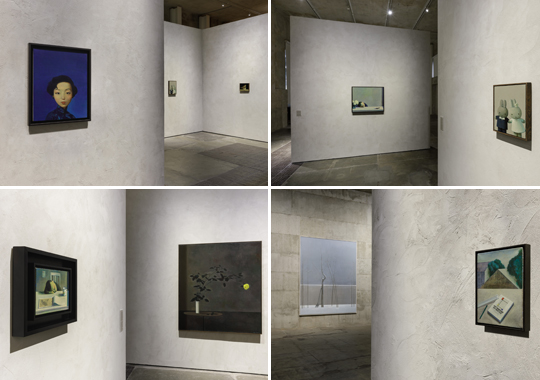
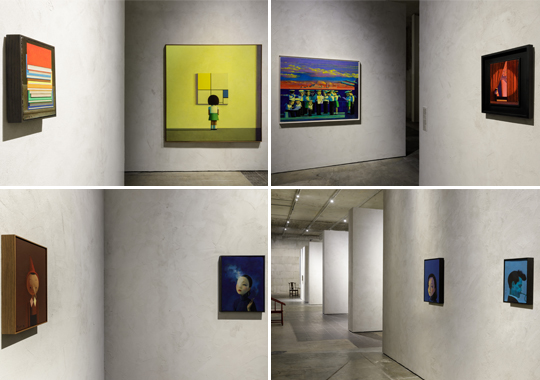
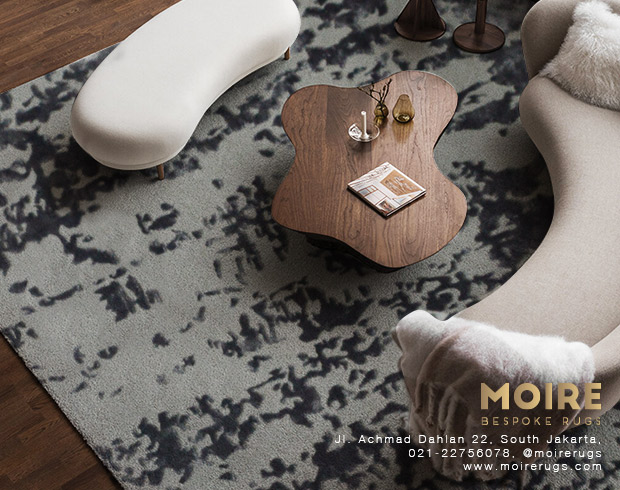
Presented by MOIRE Rugs
Liu Ye expresses an intimate and sensual imagination, that feeds on heterogeneous sources related to literature, history of art and popular culture from the Western and Eastern world, giving rise to atmospheres which evoke introspection, purity, and suspension. In the artist’s body of works, the stylistic features of fairy-tales coexist with a sense of humor and a parodic vein.
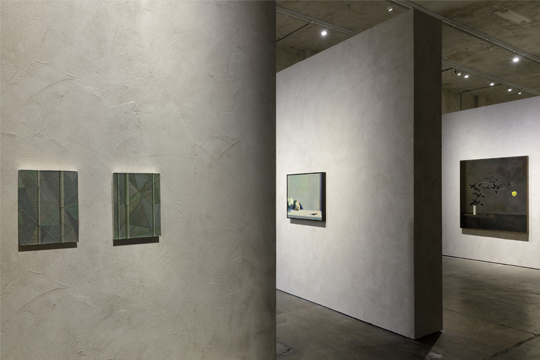
THE PORCELAIN ROOM – CHINESE EXPORT PORCELAIN
“The Porcelain Room – Chinese Export Porcelain” is an exhibition curated by Jorge Welsh and Luísa Vinhais that explores the historical context, scope, and impact of Chinese export porcelain. The project is on view on the 4th floor of Torre at Fondazione Prada’s Milan venue, from 30 January to 28 September 2020.

Fondazione Prada – The Porcelain Room – Chinese Export Porcelain – Jeorge Welsh and Luisa Vinhais

“The Porcelain Room” brings together examples of porcelains made from the 16th to the 19th centuries for different markets, religions, and social groups. The project illustrates how efficient the Chinese were in understanding the taste and the demand of each segment of the market, and tailoring their production accordingly. Although Chinese ceramics were already well-known outside China as early as the Tang Dynasty (618-907) and had reached Europe by the early 14th century, it was only after the opening of the sea routes to the East by the Portuguese in 1513 that the export of Chinese porcelain took its monumental pace, reaching every corner of the world. During the Ming Dynasty (1368-1644) the export market became increasingly important, initially with the appealing celadon and underglaze blue porcelains. Once Europeans started trading and commissioning porcelains to bring back to the West, they quickly became the first truly global commodities.


“The Porcelain Room” gathers more than 1,700 individual Chinese export porcelain revealing its refined workmanship to a wider audience and not only to experts. Divided into three sections, the display is conceived as a room-within-a-room, a brown velvet-covered structure, integrating several vitrines and an intimate space decorated in gold.

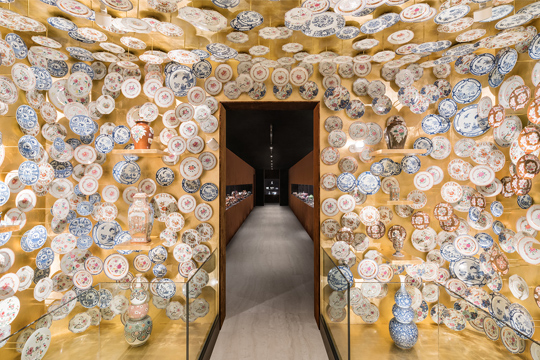
 1.08K
04/07/2025
1.08K
04/07/2025
DIOR MAISON RIVIERA UNVEILS A SUMMER SANCTUARY AT SUNDARA, FOUR SEASONS BALI
Dior Maison unveils the new Dioriviera collection at the pop up of Dioriviera, Sundara – Four Seasons at Jimbaran Bay, Bali from July 5 to August 31,...
read more 9.24K
04/07/2025
9.24K
04/07/2025
THE LANGHAM, JAKARTA CELEBRATES MID-AUTUMN WITH ELEGANCE AND ARTISTRY
The Langham, Jakarta unveils its 2025 Mooncake Collection, where refined craftsmanship meets elegance: The Peony & The Plum Blossom presented in the most...
read more 12.12K
17/06/2025
12.12K
17/06/2025
JAIPUR RUGS X PETER D’ASCOLI PRESENTS THE GILDED AGE COLLECTION (2025)
The Gilded Age collection by Jaipur Rugs X Peter D’Ascoli channels the decadent glamour of 19th-century design into bold, hand-knotted rugs that exude...
read more 10.84K
12/06/2025
10.84K
12/06/2025
MOLTENI&C 2025 COLLECTION – THE COLLECTION BY YABU PUSHELBERG, GAMFRATESI, UNIFOR X LSM
MOLTENI&C 2025 COLLECTION – THE COLLECTION BY Yabu Pushelberg, GamFratesi, UniFor x LSM
read more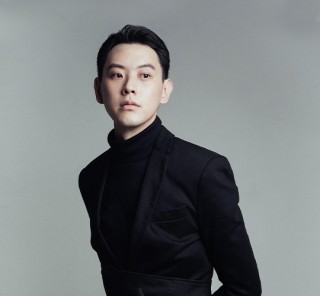 74.65K
10/01/2025
74.65K
10/01/2025
W RESIDENCE IN SOUTH JAKARTA BY MICHAEL CHANDRA
Michael Chandra, founder of MNCO Studio Design has created the W Residence with an aesthetically pleasing, practical, and pleasant home from all...
read more 33.47K
16/05/2017
33.47K
16/05/2017
A Spellbinding Dwelling
Rumah milik desainer fashion Sally Koeswanto, The Dharmawangsa kreasi dari Alex Bayusaputro meraih penghargaan prestisius Silver A’ Design Award 2017.
read more




